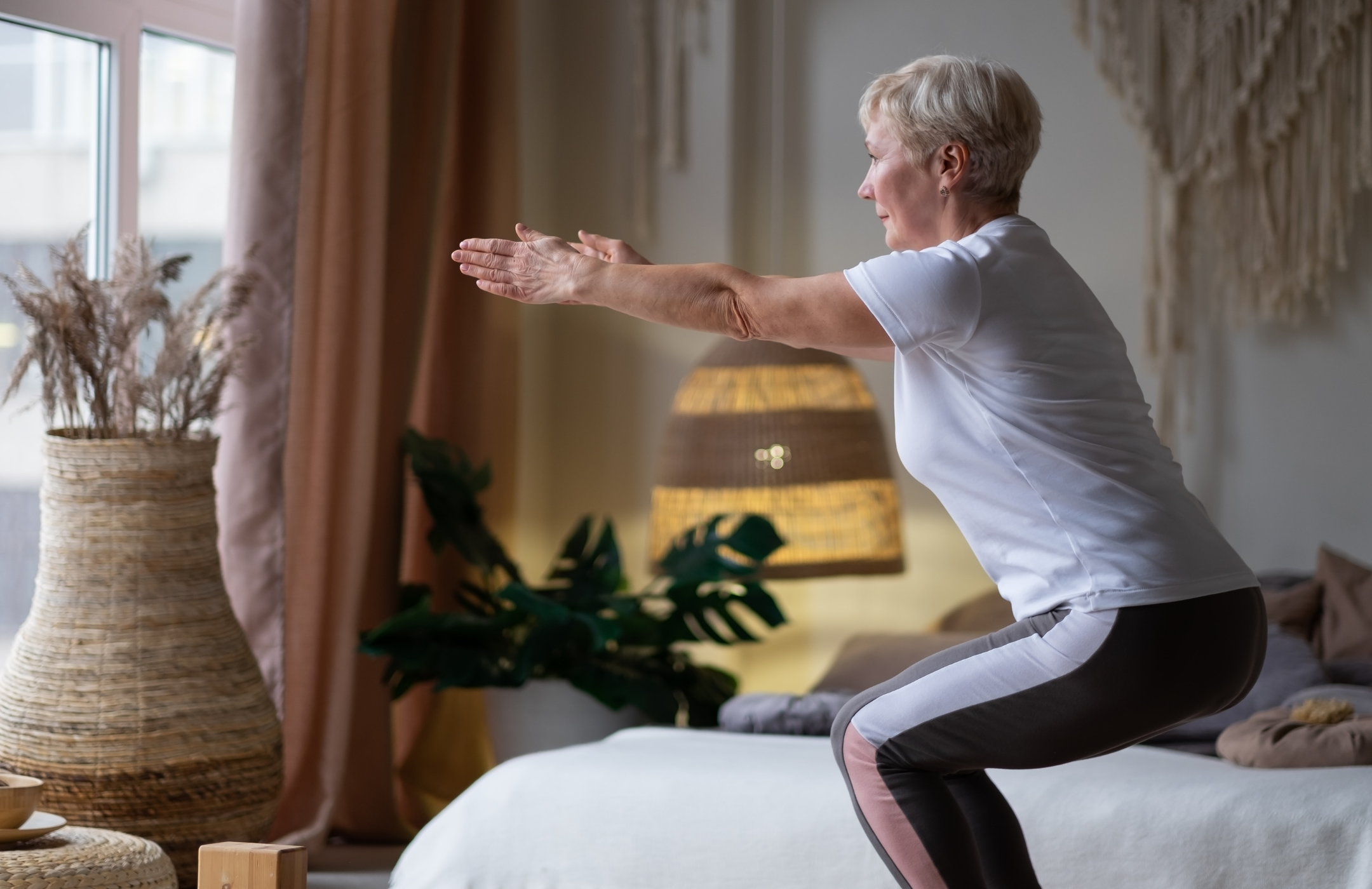What’s This Research About?
While daily urinary incontinence (UI) is common in both sexes, it is more prevalent in women, ranging from 5-15% of the population. However, the percentage of women who experience any incontinence is much higher: 25-40%. The likelihood of having UI is higher for middle-aged or older women, and for those who have had vaginal births. The effect on the quality of life can be substantial resulting in depression, anxiety, and a negative impact on social or sexual function.
This condition is often accepted as normal, or individuals are reluctant to mention it to their doctors because of stigma or embarrassment, therefor UI is often underreported and less research is done. Considering that so many females may experience this issue, more viable and successful treatments need to be explored.
Researchers wanted to see if yoga might help because women tend to practice yoga more anyway and because of the many other health benefits of yoga. They looked for studies about the effectiveness of yoga for relieving symptoms of urinary incontinence.

TITLE: Yoga for Treating Urinary Incontinence in Women
PUBLICATION: The Cochrane Database for Systematic Reviews
DATE: 2019
AUTHORS: Wieland LS, Shrestha N, Lassi ZS, Panda S, Chiaramonte D, Skoetz N
Stress urinary incontinence (SUI): The most common type of UI, defined as urine leaking due to sudden pressure on the bladder and urethra caused by sneezing, coughing, or exercise which creates an inability to maintain the urethral sphincter pressure.
Urgency urinary incontinence (UUI): A form of an overactive bladder that creates an intense urge to urinate followed by uncontrolled loss of urine, frequent, and nocturnal urination.
Mixed urinary incontinence (MUI): A combination of both types of incontinence.
The Cochrane Library has a great collection of yoga research reviews. Here are some of them about yoga for improving health and wellbeing: https://www.cochranelibrary.com/collections/doi/10.1002/14651858.SC000025/full

